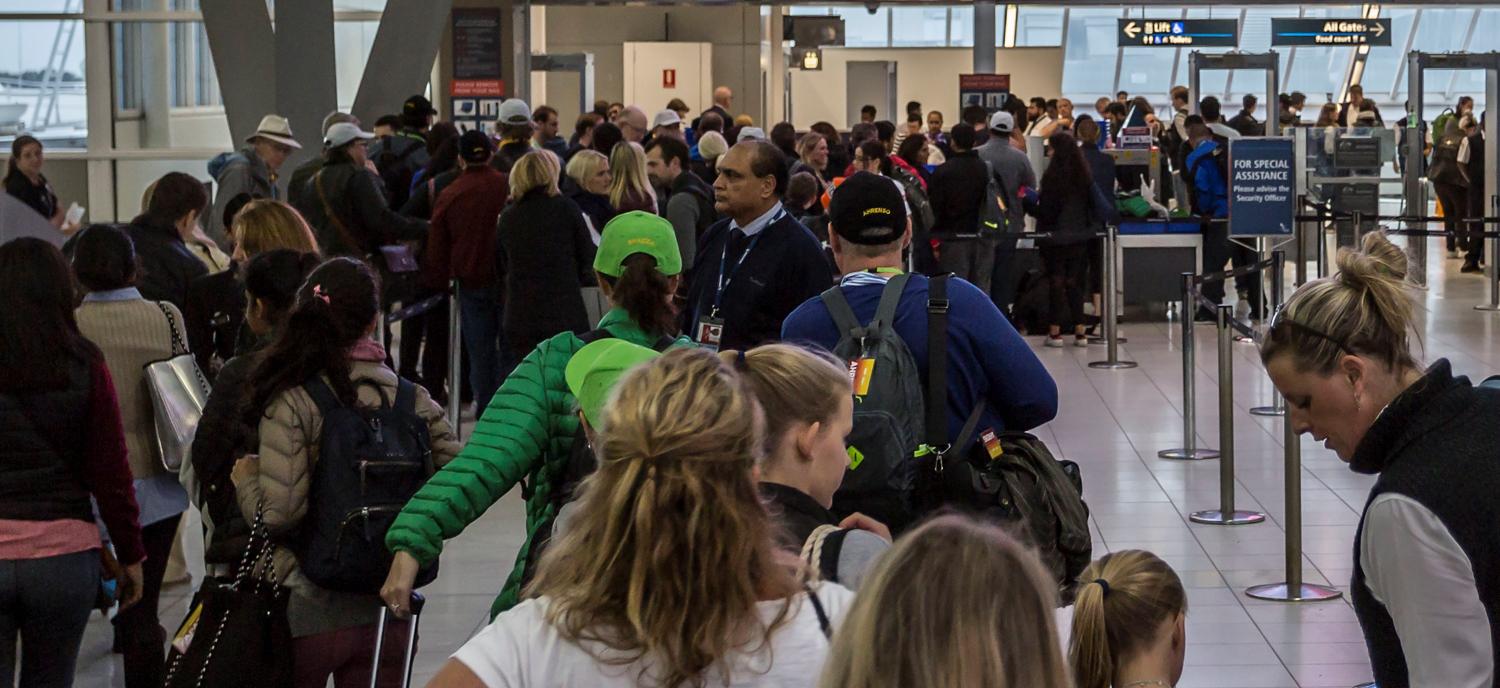We don’t yet know all the details, but from what we do know there are both disturbing and perplexing elements to the Islamic State-supported terrorist plot to blow up an airliner departing from Sydney. Here are some early thoughts on the issues that should engage our minds as a result of the incident:
1. Islamic State remains an adaptive terrorist organisation that seeks new ways to penetrate the defensive measures of security agencies. To the best of my knowledge, the method of sending components and instructions for a do-it-yourself improvised explosive device to a Western country has not been tried before. The element of surprise has a limited shelf life, however, and having taken authorities by surprise in developing this planned terrorist attack, it is unlikely to work a second time.
2. This incident proves once again that the threat posed by foreign fighters is not simply the people themselves. Skills degrade, but in the jihadi milieu, connections rarely do. The actual network of terrorists, as opposed to the individuals themselves, was perhaps the biggest security threat to emerge from the war in Afghanistan – the same is likely to be the case following the Syrian and Iraqi conflicts. In this case, the connection between the Islamic State ‘handler’ and the Australian end of the plot was made by an Australian terrorist living in Syria, Tarek Khayat. In this instance the Australian end was Tarek’s brother, but the important fact was that the ability to link a neophyte Australian terrorist on home soil with a seasoned operator in Syria came about because of the interconnected nature of the terrorist network established over the years in Syria. Analysts are going to spend decades unravelling the complex networks that have been built up over years of inter- and intra-jihadi cooperation in Syria and Iraq.
3. If Islamic State was able to place a military-grade explosive onto air cargo in Turkey, it doesn’t say much for Turkish airport security (equally concerning is the porousness of security procedures at the Australian end, where it was collected). Given that the majority of foreign fighters and Islamic State members will attempt to exfiltrate the battlefield through Turkey, the incident adds to concerns about the ability of Ankara’s security services (already in doubt, given their focus on the Kurds and the impact of the post-coup purges of Gulenists on their capability).
4. There is a difference between being structured and bold, and being simply bold. While the plotters appear capable enough of smuggling in explosives and components for an improvised explosive device and being in contact with each other without alerting Australia’s security services in order to construct the device, there doesn’t appear to have been much thought given to how to smuggle onto the aircraft. Police said that they had reconstructed the device and tried penetration tests at Australian airports with a 100% detection rate. Unless they believed they had someone on the inside (of which there is no indication), then the terrorists don’t appear to have thought this rather crucial aspect through. All we know is that the device was taken to the airport but never checked in and then taken back to one of the residences. They certainly didn’t lack the intent to kill hundreds of Australians and other nationals, but perhaps the difference between seasoned terrorists providing guidance from Syria and wannabe terrorists from southwest Sydney is their individual capability.
5. If there was any doubt previously, this incident should reinforce the value of our intelligence liaison partnerships. It appears the information regarding the plot and the individuals involved in it was gained as the result of information passed on by a partner agency or partner agencies overseas. In the counter-terrorism field, the public rightly demands 100% success from our intelligence agencies, which depends on prompt and accurate information. The healthier liaison relationships are, the more likely it is that terrorist plots will be foiled.
6. I hope that this once and for all ends references on Q&A, The Drum and other commentary outlets to the rather vacuous statement that ‘more people are killed by falling out of bed/lightning strikes/choose other random act’ than terrorism, and therefore the money spent on counter-terrorism is out of proportion to the risk as measured by the number of people killed in Australia by terrorists.
One of the main reasons why so few people are killed is because of the number of plots that are foiled by our security agencies. Given this foiled plot was designed to kill hundreds of people, it would be interesting to see whether the ’terrorism threat is blown out of all proportion’ brigade still holds to that view.

